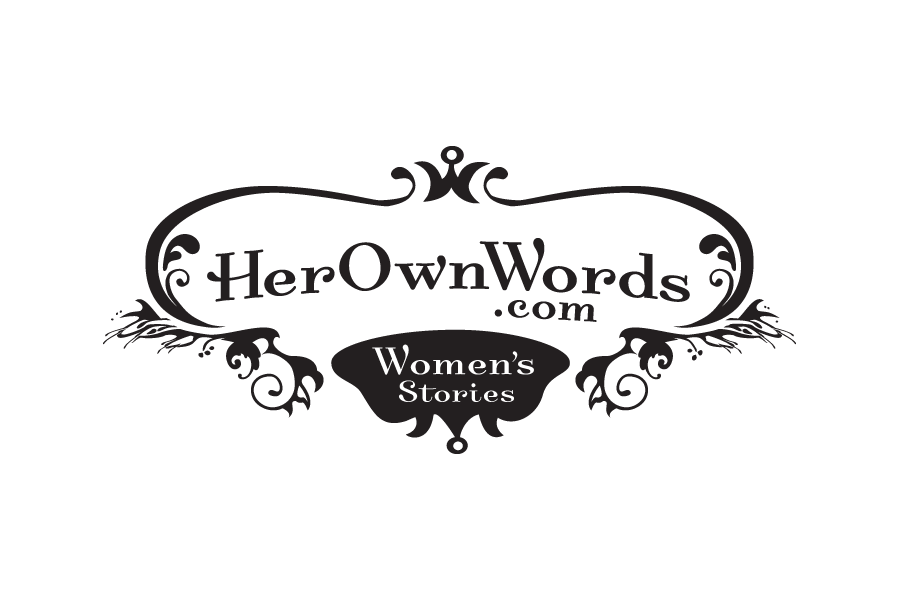CELEBRATE WOMEN’S HISTORY
Women's History Observances
Her Own Words® media programs can serve as the basis for a brown-bag lunch or more formal presentation celebrating Women’s History Month (March) and/or Women’s Equality Day (August 26). A presentation can begin with playing a media program followed by a discussion led by a local speaker or, less formally, the media program could be played for a community group as a means to spark an open discussion. There are many possibilities for incorporating programs on women’s history into the classroom and community.
1. Votes for Women
American women achieved the right to vote on August 26, 1920, when the Secretary of State signed the 19th amendment to the U.S. Constitution into law after the thirty-sixth state (Tennessee) ratified it. The 17-minute Her Own Words® program, Votes for Women?! 1913 U.S. Senate Testimony, presents the arguments for and against woman suffrage in the words of Progressive activist “Fighting” Belle Case La Follette and author of Rebecca of Sunnybrook Farm, Kate Douglas Wiggin. This is a great discussion-starter; it brings up dated and amusing ideas but others that are disturbingly contemporary. Speakers might include a law librarian, an election official, or a female politician. (When women’s voting rights were restricted, their right to hold office was also.)
Follow this link to read Jocelyn’s contribution to the 2020 publication Many Facets: America’s Women Commemorate the 100th Anniversary of the 19th Amendment which is also highlighted on our website HERE
2. Quilts and the Tradition of Quilting
Generations of women have made quilts, both as an artistic expression and for practical purposes like warmth and keeping out drafts. The 15-minute Her Own Words® program, Patchwork: A Kaleidoscope of Quilts presents the artistry of traditional quilters along with their own words. Local quilters or quilt collectors could be invited to bring in their quilts to continue a discussion sparked by watching this program.
3. Zona Gale
The first woman to win a Pulitzer Prize for drama, Zona Gale wrote many novels, short stories, and essays. The 15-minute Her Own Words® program, Zona Gale: 1874-1938, presents Zona Gale’s reflections on her life and art. Although she is nearly forgotten today, Zona Gale’s career as a playwright is an important part of women’s history. Women involved in theater as playwrights, actors, or administrators could be invited to lead a discussion on women in the theater.
4. The Ecology of the Prairie
Women have been involved in ecological studies and movements for a very long time. Both of the 15-minute Her Own Words® programs Her Own Words: Pioneer Women’s Diaries and Prairie Quilts showcase the beauty of the tallgrass prairies and women’s efforts to understand a new landscape. Her Own Words: Pioneer Women’s Diaries highlights the life of a mid-19th-century woman making a life in a difficult land. Prairie Quilts tells the story of a contemporary woman coming to terms with a new place through creating stunning contemporary quilts focused on many different aspects of the prairie. Speakers from a local garden society, arboretum, or ecological society could be invited to continue the discussion of life on the prairie (or in any other particular landscape) now and in the past.
5. Mountain Wolf Woman
Mountain Wolf Woman, of the Winnebago/Ho-Chunk nation, lived from 1884 to 1960 so she was witness to tremendous change during her lifetime. The 17-minute Her Own Words® program, Mountain Wolf Woman: 1884-1960, based on Nancy Oestreich Lurie’s book Mountain Wolf Woman (University of Michigan Press) vividly portrays the extraordinary impact of 20th century social and technological change on one particular Native American woman. Speakers could include local American Indian women or teachers who teach American Indian history and culture.
6. Contemporary American Indian Women’s Stories
Recording the life and times of American Indian women today is an important part of women’s history. Four Her Own Words® programs present contemporary American Indian women’s stories in their own voices and in their own words. Winnebago Women: Songs & Stories, Her Mother Before Her: Stories of Mothers & Grandmothers, Sisters & Friends, and Big Sister, Little Sister present a variety of life stories and feature full-color photography of baskets, beadwork, and ribbon applique accompanied by beautiful traditional songs. Speakers could include local American Indian women, teachers who teach American Indian history and culture, or local oral historians.
7. Immigrant Women’s Stories
Many women have come to America over the years as immigrants, and their journeys are stories that resonate today. Two Her Own Words® programs, America Fever: A Norwegian Emigration Story and Prairie Cabin: A Norwegian Pioneer Woman’s Story, highlight the experience of packing up to leave home forever and making a new home in a new land. Speakers could include members of local national-heritage societies or women who are themselves immigrants, either recently or in the past.
8. Women Artists
Women artists have not received as much recognition as male artists despite the fact that women have made art for generations. Three Her Own Words® programs, Audrey Handler, Glass Artist, Ethel Kvalheim, Rosemaler, and The Art of Ethel Kvalheim, highlight the work of two talented and prominent women artists in their own voices and in their own words. The stunning visuals will stir interest in their art and in the idea of making art. Speakers could include local women artists, museum curators, art-gallery owners, or art teachers.
9. Posters
Display the Women in Nontraditional Careers posters as part of a Women’s History Month (March) bulletin board presentation.
